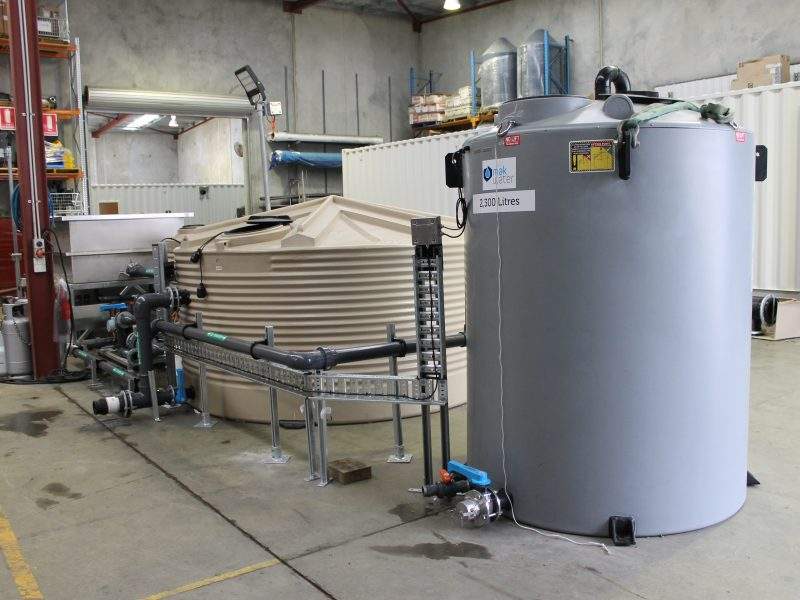The energy sector plays a pivotal role in powering our modern world, but it is not without its environmental challenges. One such challenge is the management of water and oil, both of which are essential components of various energy production processes. Water and oil separators have emerged as crucial tools in mitigating the environmental impact of the energy sector. Water and oil separators, commonly known as oil-water separators or OWS, are specialized devices designed to separate oil and other hydrocarbons from water. They are used in a wide range of applications within the energy sector, from oil and gas exploration and production to power generation and manufacturing. These separators are essential for preventing oil and hydrocarbon contaminants from polluting water sources, which can have devastating consequences for ecosystems and human health. One of the primary ways water and oil separators benefit the energy sector is by reducing the risk of oil spills. Oil spills, whether from offshore drilling rigs or industrial facilities, can have catastrophic environmental consequences.

They contaminate water bodies, harm aquatic life, and damage coastal ecosystems. By effectively separating oil from water before it is discharged into the environment, separators act as a critical line of defense against these spills, helping to protect sensitive ecosystems and coastal communities. Furthermore, water and oil separators are indispensable in the oil and gas industry, where large volumes of produced water are generated alongside hydrocarbon extraction. Before this water can be safely disposed of or reused, it must undergo rigorous treatment. Water and oil separators play a crucial role in this treatment process by efficiently removing oil and hydrocarbons, making the water suitable for discharge or reuse. This not only reduces the environmental impact of the oil and gas industry but also conserves water resources, an increasingly important consideration in regions facing water scarcity. In power generation, water and oil separators are used in facilities such as thermal power plants and nuclear power plants. These plants require large quantities of water for cooling purposes, and the water used becomes contaminated with oils and other impurities during the process.
The separador de agua e oleo help ensure that the discharged cooling water meets environmental regulations, preventing contamination of natural water bodies. Moreover, these separators contribute to energy efficiency in various ways. For instance, in steam-based power plants, the presence of oil in the feed water can lead to equipment fouling and reduced heat transfer efficiency. By removing oil from the feed water, water and oil separators improve the overall performance of power generation equipment, reducing energy consumption and emissions. To further mitigate the environmental impact of the energy sector, ongoing research and development efforts are focused on enhancing the efficiency and sustainability of water and oil separators. Innovative technologies are being developed to improve the separation process, reduce energy consumption, and enhance the recovery of valuable resources from the separated oil. Additionally, the use of environmentally friendly materials and coatings in separator construction is gaining traction to minimize the environmental footprint of these devices. By investing in these technologies and adhering to stringent environmental regulations, the energy sector can reduce its environmental footprint and contribute to a cleaner, more sustainable world.